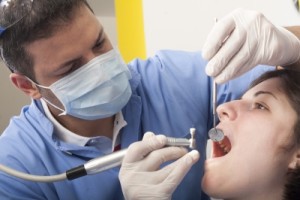Fixed Bridges
Fixed Bridges
 When your teeth are chipped or have serious decay, or if you’re missing teeth, your options are really implants, dentures, or bridges. Fixed bridges are a popular choice.
When your teeth are chipped or have serious decay, or if you’re missing teeth, your options are really implants, dentures, or bridges. Fixed bridges are a popular choice.
What are fixed bridges?
Fixed bridges are non-removable dental appliances. They are used to replace one, two, or three missing teeth (more missing teeth than that will usually require a partial denture). The dental bridge literally “bridges” the space that is left when a tooth or several teeth are lost. Usually a bridge consists of one or more artificial teeth, known as pontics, which are supported on each side by two dental crowns (abutments). Commonly, replacement teeth are made of porcelain material that closely resembles natural teeth.
Why do I need a fixed bridge?
Why does Dr. Egger recommend a fixed bridge? A fixed bridge fills the gap left by missing teeth. Why is this important? If the gap is not filled, the adjacent teeth naturally tend to slide over into the vacated space, causing your teeth to become misalianged. Also, a gap left between teeth, especially a gap of more than one tooth, can cause the jawbone beneath that gap to begin to loss bone mass. With a fixed bridge, you can eat normal foods and speak again without whistling. Patients who have partial dentures also like the convenience of a fixed bridge, because they don’t need to worry about removing and replacing it.
What can I expect during my fixed bridge appointment?
After assessing your condition in your initial consultation, Dr. Egger will recommend the treatment that suits you best. If that is a fixed bridge, together you will choose the type of bridge based on the location and size of your restoration as well as your personal preference.
The first step is to prepare your teeth that will take the abutment crowns. Enamel is shaved down to create room for both crowns. Next, impressions will be made of your teeth and bite. Those will be sent off to the lab for fabrication of your bridge. To cover the time your bridge is being made, Dr. Egger will place a temporary bridge that will serve as a placeholder. Once the permanent bridge is done, you will return to our office to have it permanently placed.
